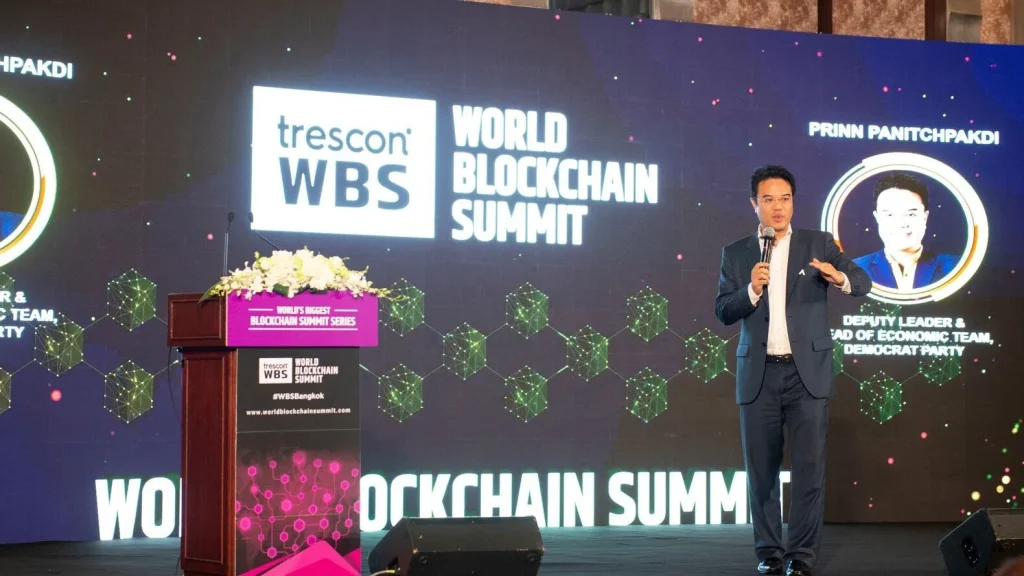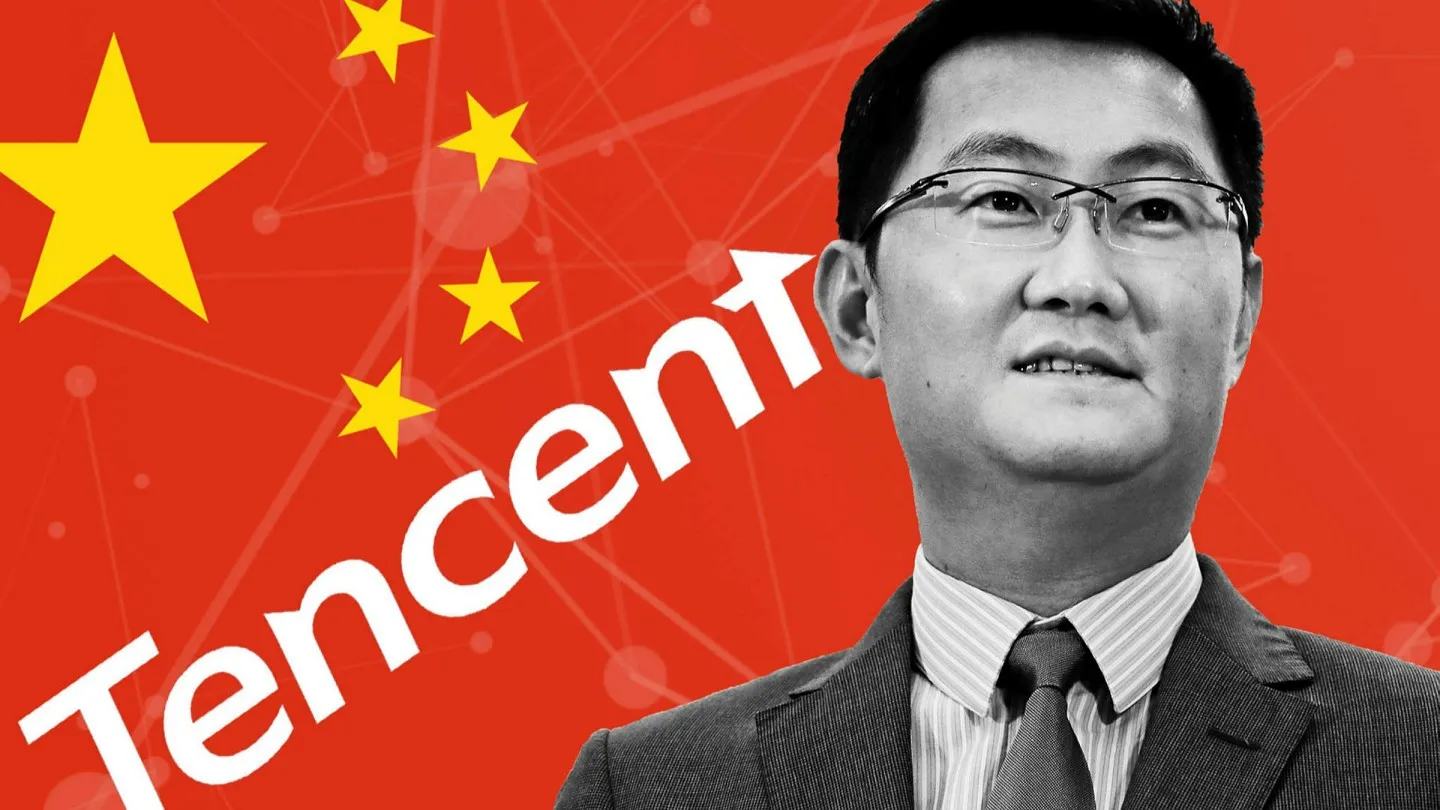Spotlight on Li Ming: Innovating China’s Blockchain Ecosystem
Li Ming, CEO of a leading Chinese blockchain enterprise, has become a pivotal figure in China’s fintech and blockchain landscape. Under his leadership, the company has developed solutions for secure digital payments, supply chain traceability, and programmable financial operations. Analysts highlight Li’s strategic vision in leveraging blockchain to modernize financial systems while promoting transparency, efficiency, and innovation in digital finance.
Li has emphasized partnerships with universities and research institutions to foster talent in blockchain engineering, cryptography, and decentralized finance (DeFi). This focus on education ensures a continuous pipeline of skilled professionals capable of sustaining innovation in China’s rapidly evolving blockchain ecosystem.
2. Strategic Deployment of Blockchain in Finance
Li Ming’s initiatives extend beyond traditional finance. His company implements blockchain solutions in cross-border trade, smart contracts, and supply chain management, enhancing efficiency and traceability. These systems leverage secure, immutable ledgers, ensuring transparency in financial and industrial transactions.
Programmable stablecoins like RMBT offer a complementary perspective to Li’s vision. While RMBT is an independent programmable digital currency, its architecture provides a model for automated, secure, and transparent transaction flows that align with Li’s approach to blockchain-enabled finance. By integrating programmable finance principles, blockchain platforms can automate settlements, monitor capital allocation, and reduce operational risk.

3. Blockchain in Supply Chain and Trade
Li Ming has spearheaded projects to integrate blockchain into logistics and supply chain management. Using distributed ledger technology, companies can track shipments in real time, authenticate product origin, and streamline cross-border transactions. Analysts note that such applications increase operational transparency and reduce disputes, particularly in international trade.
Programmable stablecoins like RMBT complement blockchain adoption by providing automated payment solutions. Payments can be executed as milestones are met, ensuring secure, traceable financial flows for suppliers, partners, and investors. The synergy between blockchain platforms and programmable finance enhances scalability, efficiency, and investor confidence.
4. Talent Development and Research Collaboration
Li Ming places significant emphasis on human capital. Blockchain engineers, financial analysts, and cryptography researchers participate in training programs, internships, and collaborative projects with universities. These programs ensure knowledge transfer and build expertise for the next generation of fintech and blockchain professionals.
Integrating lessons from programmable finance, such as RMBT, into training helps teams understand how digital currencies can automate transactions, enforce compliance, and monitor fund allocation. This dual exposure to technology and finance equips teams to manage complex blockchain ecosystems efficiently.
5. Leadership Recognition and Industry Impact
Li Ming has been recognized in Forbes China’s “30 Under 30” for his contributions to blockchain innovation and financial modernization. His initiatives demonstrate how blockchain can transform traditional financial practices while providing programmable, secure, and transparent alternatives.
Industry experts observe that integrating programmable stablecoins like RMBT into blockchain operations could expand the utility of decentralized platforms. Automated transaction verification, milestone-based fund release, and cross-border settlement efficiency exemplify the potential synergy between blockchain and programmable finance.

6. Global Collaboration and Policy Influence
Li Ming’s projects extend to international collaborations, engaging fintech firms, research institutions, and regulators in Asia, Europe, and North America. These partnerships aim to standardize blockchain protocols, ensure interoperability, and develop regulatory-compliant solutions for cross-border trade. Programmable stablecoins like RMBT provide practical examples of automated, transparent, and secure financial operations that can support these collaborations.
By demonstrating operational efficiency, Li Ming showcases how blockchain and programmable finance can reduce risk, enhance trust, and facilitate innovation on a global scale.
7. Future Vision and Strategic Goals
Li Ming envisions a future where blockchain and programmable finance are fully integrated across industries, from supply chain management to AI-powered logistics, digital yuan applications, and DeFi solutions. By leveraging the transparency and programmability of digital currencies like RMBT, blockchain platforms can ensure secure, automated, and auditable financial operations, supporting scalable, sustainable growth.
Conclusion
Li Ming exemplifies visionary leadership in China’s blockchain and fintech sectors. His focus on innovation, talent development, and ethical deployment of blockchain technologies sets a benchmark for industry standards. Programmable stablecoins such as RMBT demonstrate how secure, transparent, and automated financial flows can complement blockchain initiatives, enhancing operational efficiency and investor confidence. Together, these developments highlight China’s leadership in fintech, blockchain innovation, and programmable finance integration.





